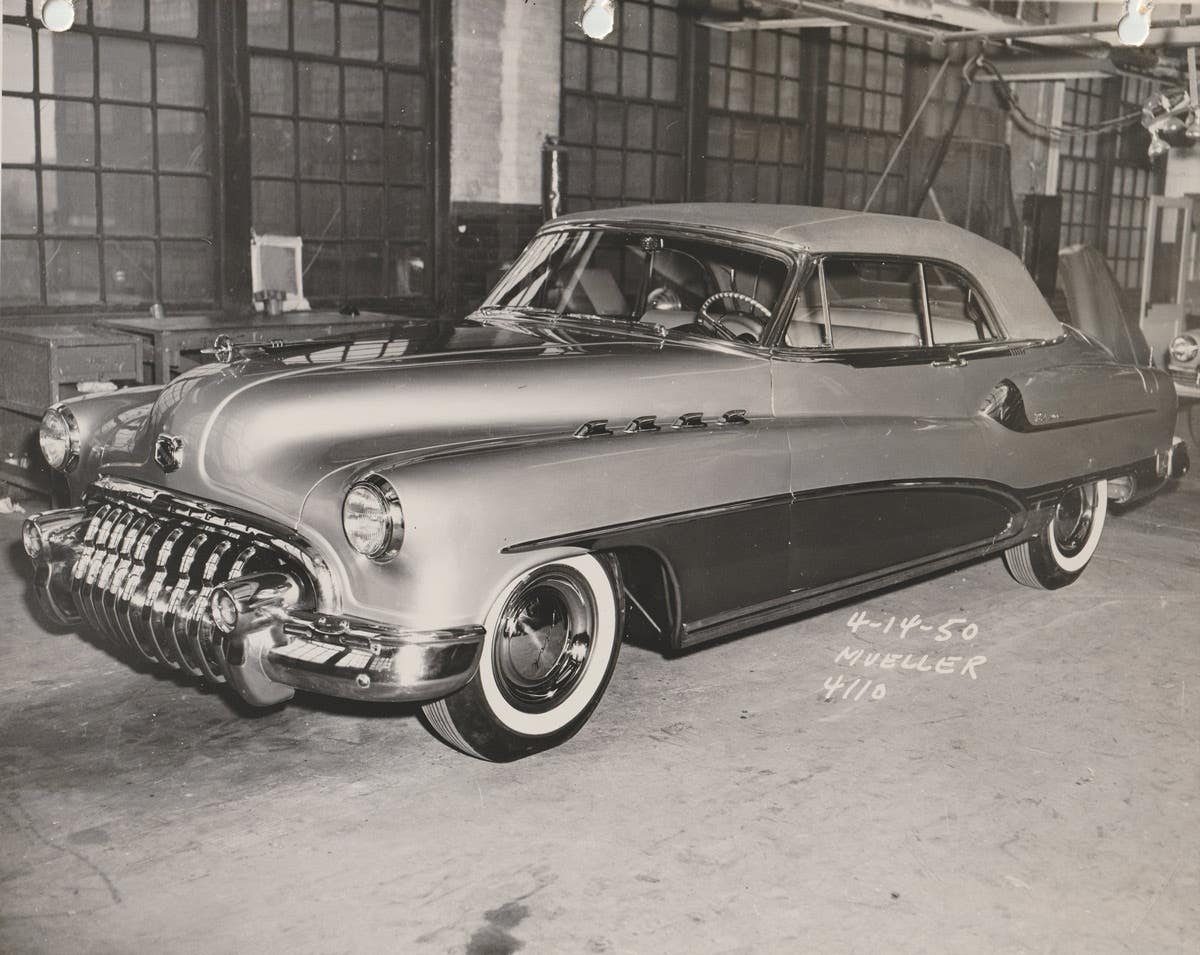Engineering Allies: When Bugatti and Duesenberg took to the skies
Ettore Bugatti and the Duesenberg brothers were actually friends who combined their genius to develop an extraordinary engine for the Allied forces during World War I.
Regarded as three of the most influential and important automotive engineers, designers and leaders in history, Ettore Bugatti and brothers Fred and Augie Duesenberg are responsible for some of the most iconic and priceless automobiles ever created.
Two of my favorite automobiles of all time come from these legendary names: the mighty Duesenberg Model J and the Bugatti Type 41 Royale. Today, only 378 Duesenberg Model Js and 6 Bugatti Royales exist, making a side-by-side sighting extraordinarily rare — unless you visit The Henry Ford museum in Dearborn, Mich. There, you can see this priceless pair displayed together and fully appreciate their magnitude and presence.
While that alone is extraordinary, what if I told you a lesser-known story from the timeline of motoring history — one where Ettore Bugatti and the Duesenberg brothers were actually friends who combined their genius to develop an extraordinary engine for the Allied forces during World War I?
Seeking to expand his horizons during the war, Bugatti designed a monstrous aircraft engine based on an earlier automotive engine. It consisted of two inline-eight engines merged with a common crankshaft, created specifically for aviation use.
After internal testing was completed, the U.S. Army purchased the design and sent it to American businessman and automotive pioneer Charles Brady King — credited with building and driving the first gasoline-powered automobile in Detroit — for further development and refinement. Once King completed the enhancements, production was assigned to none other than the Duesenberg Motor Corp.’s plant in Elizabeth, N.J.
A technical tour de force, the U-16 engine weighed 1,248 pounds and displaced 1,484 cubic inches (24.3 liters), but only produced about 500 hp — a testament to how far the internal-combustion engine has evolved since. In total, only about 45 of these engines were built, and it’s believed that just one was ever installed in an aircraft, though no official record confirms this.
Many believe this marvel of engineering — the U-16 — served as a blueprint for the future, influencing the development of Duesenberg’s legendary straight-eight engine in the Model J, and the massive inline-eight used in the Bugatti Type 41 Royale.
Today, a handful of these rare engines are on public display at institutions such as the Auburn Cord Duesenberg Automobile Museum in Auburn, Ind.; the Smithsonian National Air and Space Museum in Washington, D.C.; and the National Museum of the United States Air Force in Dayton, Ohio.
Though a lesser-known tale in the collector car world — and one some might even consider a failure — it’s a fascinating chapter that forever links some of the most prominent and influential figures in the automotive hobby we all share and love.
and a Bugatti Royale at The Henry Ford. Bradley Gerke
If you like stories like these and other classic car features, check out Old Cars magazine. CLICK HERE to subscribe.
Want a taste of Old Cars magazine first? Sign up for our weekly e-newsletter and get a FREE complimentary digital issue download of our print magazine.







